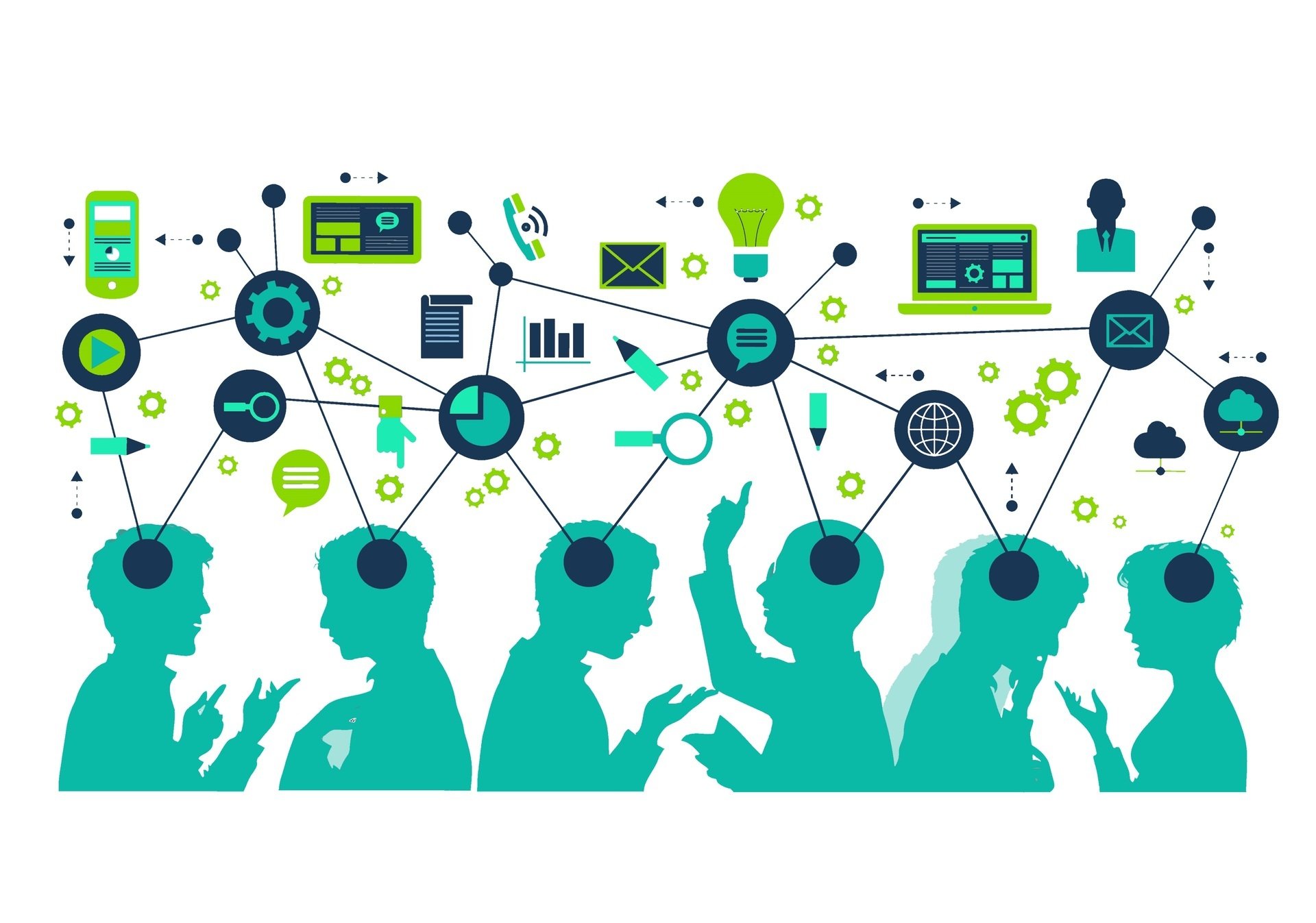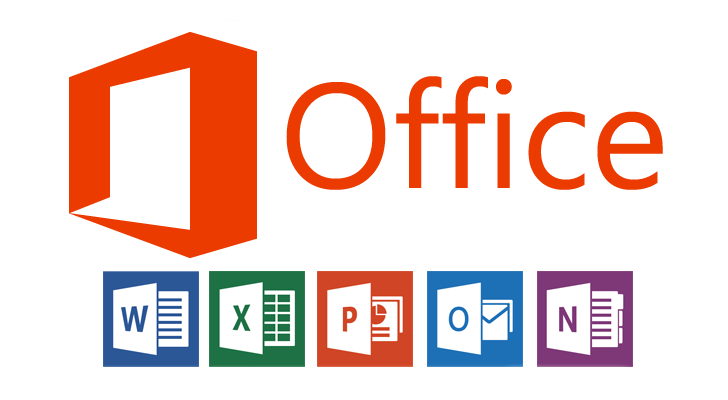Jean C. Cotamora
Author

CONTENT:
To better understand and appreciate what we have now, it is
important for us to consider and dig the past.
0399 BCE – Purely
inquiry & the Socratic Method; through the use of questioning
1774 – 1875 -
Learning sequence & object-teaching; it focused on the natural growth of
the mind. It employsPestalozzian principles which emphasized breaking content
down into sequences with a teacher-centered approach.
1806 – 1853 -
Affordable education; back then there were notions of free public school. Social
status often indicated whether individuals had access to education.
1852 – 1892-
Distance education; this doesn’t mean “online learning”; stenograph and post
office opened up opportunities to develop correspondence courses.
1867 – 1875 -
Object teaching the Quincy methods; the teacher was still considered the sole
source of knowledge, however there was a variation of object-teaching that was
employed in Quincy, Massachusetts. Students learned through sensory active processes,
learning by doing.
1889 – 1892 -
Method of apperception; there were identified levels of learning, among were:
(1) sensory activity; (2) reproduction of already existing ideas; and (3)
assimilating the new concept with the old concept. This was a teacher-centered
approach where the teacher has prepared questions and answers that they used to
impart knowledge.
1910 – 1923-
Visual instruction; motion picture projector is an instructional media device
used in schools to incorporate films, slides, and photographs for use in
instruction.
1939 – Audio-visual
instruction &World War II. There was a need for mass instruction (training)
for the military and the advent of audiovisual technology resulted in an impact
on educational technology.
1950 – 1965 -
Instructional TV& programmed instruction; used teacher-centered
broadcasting of teachers lecturing. Programmed instructional materials could
increase self-paced learning through sequential content presentation,
questioning techniques, and immediate feedback.
1981 - IBM introduces
pc; IBM releases the first Personal Computer.
1982 – 1985 - Satellite
TV systems
1995 - WARD
CUNNIGHAM: The first wiki was created.
1998 - International
Society for Technology Education (ISTE) recognizes the influences technology
has on education and developed National Education Technology Standards (NETS).
2005 – 2012 –
Emergence of Learning Management Systems; LMS platforms provide interactive
software and online tools, such as discussion boards and dropboxes, to support
instructional methods.
2007 – 2012 - Participatory
journalism; allowing readers worldwide to comment and participate in news has a
major impact on society and educational technology because reading and
discussion becomes more than a process limited to a small audience within the
walls of the classroom.
2007 - Flip video
camera is introduced as an affordable digital camcorder. Videos impact
educational technology because students can create videos as performance
assessments.
2008 – 2012 -Khan
Academy has impacted educational technology because content/courseware is open-source
and available to anyone.
2008 – 2012 –
Emergence of Edmodo. It is an example of how teachers in traditional classrooms
can integrate anytime, anywhere learning to promote collaboration in a secure
environment.
2010 – 2012 –
21stcentury tablet; Apple has impacted the field of educational technology by
opening up iTunesU and iBook Author, which curates current content and allows
easy creation of interactive books and content.
EXPERIENCE:
 Way back in high school, our teachers did not
use any digital technology in teaching. There was never even encouragement to
use computers or the Internet to learn more not until my latter years. Today, it
would be impossible for me to pass any of my subjects without consulting the
Internet for further and easier elaboration of difficult lessons. Back then I
never really have cared of how much computer technology has grown. I can now
differentiate the mode of teaching yesterday and now. When I was in elementary
teaching is teacher-centered, there were few times when my teachers would give
student-centered activities. My early years in high school were somewhat
similar to my elementary years but there were changes in the latter years.
There was already slight integration of educational technology. This could only
accounted to the evolving educational technology.
Way back in high school, our teachers did not
use any digital technology in teaching. There was never even encouragement to
use computers or the Internet to learn more not until my latter years. Today, it
would be impossible for me to pass any of my subjects without consulting the
Internet for further and easier elaboration of difficult lessons. Back then I
never really have cared of how much computer technology has grown. I can now
differentiate the mode of teaching yesterday and now. When I was in elementary
teaching is teacher-centered, there were few times when my teachers would give
student-centered activities. My early years in high school were somewhat
similar to my elementary years but there were changes in the latter years.
There was already slight integration of educational technology. This could only
accounted to the evolving educational technology.
REFLECTION:
 I can still remember what my high school teacher told me,
she said “the first computer is the abacus.” Well, it safe to say then that
computers were primarily made for computing purposes. However now, computers
are more than just computing devices most especially in education. It is
important for any teacher to look back and reflect on how much technology has
grown. The knowledge that the teacher would obtain from doing that would help
him/her teach accordingly, he/she will try not be retroactive by employing the
traditional way of teaching but be someone who teaches with the newest trend in
educational technology and employ more “student-centered” approaches.
I can still remember what my high school teacher told me,
she said “the first computer is the abacus.” Well, it safe to say then that
computers were primarily made for computing purposes. However now, computers
are more than just computing devices most especially in education. It is
important for any teacher to look back and reflect on how much technology has
grown. The knowledge that the teacher would obtain from doing that would help
him/her teach accordingly, he/she will try not be retroactive by employing the
traditional way of teaching but be someone who teaches with the newest trend in
educational technology and employ more “student-centered” approaches.
Later, I will exert an effort in applying the newest
approaches and strategies in teaching. I will integrate technology in my
teaching not just for the reason of improving my instruction but to bring my
students to the generation. I will try not to be retroactive but instead makes
use of what’s new and be dynamic. I should not stop learning; I must go with
the flow.















